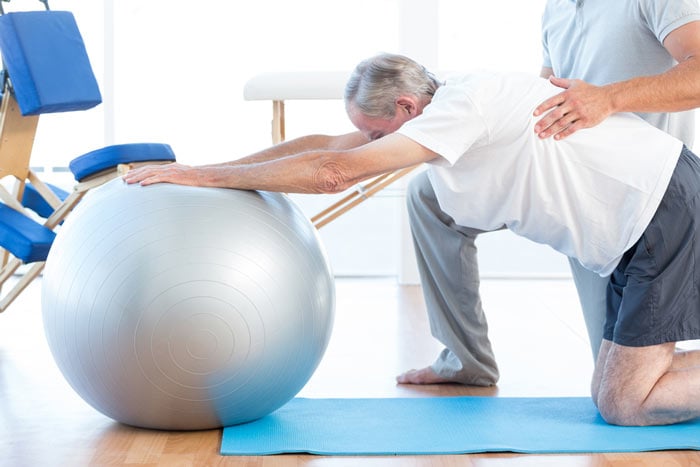Should I protect or load a painful area
Should I protect or load a painful area : Perhaps the biggest change in physiotherapy over the past couple of years is that difficult and painful activities and exercises were prohibited at one point. It is presently considered ok to exercise and make patients feel the pain with activity. Not every person can or should push into pain from the start, while others need to stop running away from difficult and painful exercises.
In this article – we give 4 points to understand that whether to push someone into pain or whether to protect the painful region.
Disclaimer: All patients will not always fit into these categories. Additionally, as with all cases of pain, it’s important to see carefully all the warning signs and rule out red flags.
1: Beginning of pain
Pain serves its purpose in acute to sub-intense injuries. You wouldn’t run on a sprained ankle which is swollen nor would you do a lot of bending exercises after you hurt your back. In these circumstances, generally, it is sensible to protect the painful region… at least for a little bit of time.
Conversely after 3 years of hurting your back, you actually stand and sit as firm as a board then it’s alright to bend it a little bit more even if it is causing a little pain.
The only exception to this is post-surgical individuals, where it’s entirely expected to have some pain with activity early on and there is a very small window of opportunity to reclaim proper range of motion.
2: Pain presentation
For a mechanical pain, staying away from difficult and painful activities and protecting the painful region makes sense. In the event that the back only pains with end range flexion, it’s ideal to hip hinge and use spine sparing motion.
If you are working with a case that has regular and constant pain with everything including standing, hip hinging, sitting, walking etc, it’s absolutely unrealistic to avoid painful activities. The only exemption is, as above, inflammatory phase of an injury.
3: Psychosocial factors and avoidance behaviors
Try to keep the patients within the pain free movement range, who are more accommodating and don’t appear to have any major psychosocial factors relating to pain if possible.
If a patients is fearful of doing any activity then reinforcing the idea that pain is bad & painful activity needs to be avoided just sends the wrong message.
If a patients is having a lot of avoidance behavior and has a general “sensitization” pain pattern, even if it’s earlier on post-injury. We can use a graded exposure approach – assuming that we crossed the early inflammatory phase and already ruled out red flags & serious tissue pathology that requires surgical or medical management.
4: Client’s Goal
Some goals may require pushing into some pain. Most of the people who went through knee replacements have goals of being able to walk normally without any walking aids. For them, building gait endurance, improving gait pattern, and regaining proper range of motion to satisfy all of these will probably require working through some pain early on.
On the other hand, a few objectives can be accomplished without pain. For example the weightlifter with back pain having aggravation at end range flexion. Instruct them to keep a neutral spine (as neutral as possible) during their lifts and use isometric rather than dynamic core exercises, they might have the option to lift pain free.
The subject of whether to protect or load a painful area is disputable and complex. The time since beginning of pain, psychosocial factors, pain presentation, fear or voidance behavior, and goals are critical and important factors for deciding whether to load a painful area or to protect it.
Thank you for reading our article.
As an aside: I also recommend you to read the article on What is Physiotherapy and why choose physiotherapy for a basic understanding.
Also visit Best Physiotherapy Clinic in Bangalore : Healing Hands Advanced Physiotherapy Clinic for more information.
Share it with others…

